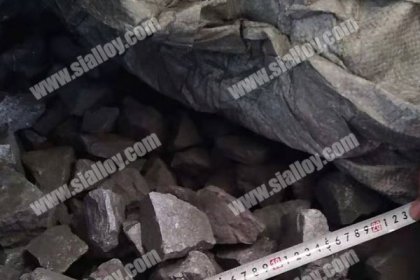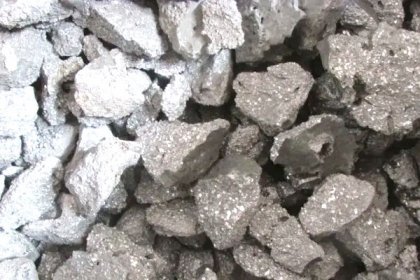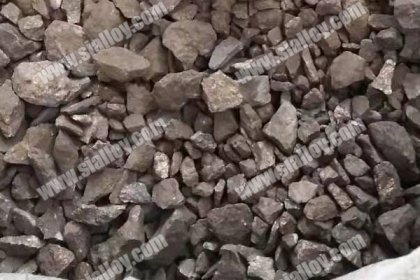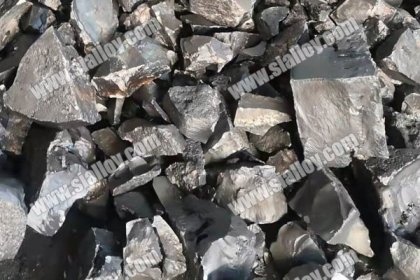defects of steel castings
In the production of steel castings, a variety of alloying elements are added,the more alloying elements, the worse the fluidity of molten steel, and casting defects are more likely to occur. The common defect forms of steel castings include sand holes, sand sticking, and stoma,cracks, shrinkage and scarring, etc.
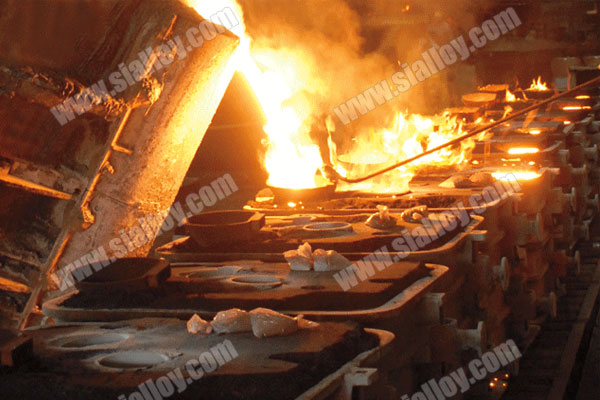
1.Sand Holes
Sand holes are caused by the sand or sand blocks that are washed down from the surface of the sand mold cavity by the molten metal, or the sand or sand blocks that fall into the cavity during the molding and box closing operations cannot float into the casting system and stay inside or on the surface of the casting.
2.Sand Sticking
On the surface of the casting, there is a layer of metal (or metal oxide) and sand (or paint) compound sand covering all or part of the casting, which makes the surface of the casting rough and difficult to clean. There are two types: mechanical sanding and chemical sanding sticking.
(1)The mechanical sanding sticking is formed by the penetration of molten metal into the micropores on the surface of the mold,when the penetration depth is less than the radius of the sand grain, the casting does not form sand, but the surface is rough;when the penetration depth is greater than the radius of the sand grain, the mechanical sanding sticking will form.
(2)The chemical sanding sticking is the product of the chemical interaction between metal oxides and modeling materials, and is formed by firmly combining with castings.
3.Stoma
Inside the casting, on the surface or close to the surface, there are smooth holes of varying sizes, round, long and irregular in shape, single ones, and some gathered into pieces. The color is white or with a dark color, sometimes covered with a layer of oxide skin. Due to the different sources and formation reasons of the gas, the manifestations of the stoma are also different, including intrusive stoma, precipitation stoma and reactive stoma.
(1) The intrusive pores are large in volume and similar in shape to a pear shape. They often appear in the upper part of the casting near the core wall or the pouring position. They are mainly caused by the gas generated in the sand core entering the metal and failing to escape. The position of the small end of the air hole indicates that the gas enters the casting from there.
(2) The precipitating pores are many and scattered. They are generally located on the surface of the casting, and almost all of the castings in the same furnace appear. The main reason is that the gas absorbed during the smelting process cannot be completely precipitated before solidification, and many scattered pores are formed in the casting small stoma.
(3) Reactive pores are the pores produced by the chemical reaction at the metal-mold interface.
4.Crack
Cracks are divided into cold cracks and hot cracks. Cold cracking refers to the crack caused by the local casting stress of the casting being greater than the ultimate strength of the alloy when the casting is cooled to an elastic state after solidification; hot cracking is the casting at the end of solidification or shortly after the final solidification, the casting is still in a state of low strength and plasticity Bottom, cracks caused by the hindered solid-state shrinkage of the casting. The white spots are the micro-cracks caused by hydrogen evolution and high structural stress and thermal stress in alloy steel castings with high harden-ability during rapid cooling.
5.Shrinkage
In the thick section of the casting, at the place where the hot joint or the axis is finally solidified, irregular surface rough pores are formed, where the crystal grains are coarse, often with dendrites. Large and concentrated pores are shrinkage holes, and small holes The scattered is called shrinkage. The main reason is that the liquid shrinkage and solidification shrinkage produced by the casting during cooling and solidification are far greater than the solid state shrinkage, and the molten metal cannot be supplemented at the place where the casting finally solidifies.
6.Scaring
Sand inclusion means that there is a layer of metal nodules or flakes on the surface of the steel casting, and a layer of molding sand or paint is sandwiched between the metal nodules and the casting. The scarring is due to the partial washing of the molten metal on the surface of the casting a protruding scar appeared in the place where a piece of sand was formed or where stirring or boiling occurred, and the shed sand was caught in the scar or other parts of the casting. During pouring, the moisture on the surface of the wet mold cavity migrates to the inside of the sand mold due to the high temperature baking of the molten steel, forming a low-strength moisture condensation zone, which is easy to delaminate the surface of the cavity and cause the steel castings to become scarred.
In order to avoid or control the defects of steel castings as much as possible, reasonable operation procedures have a great impact, secondly, it is necessary to select qualified and high-quality alloy element additives. Anyang Huatuo Metallurgy has been engaged in casting steel-making raw materials for more than 10 years and supplying high quality spheroidizing agent, inoculant, recarburizer etc all year round, and with advanced production technology and quality control system, we believe that can provide high quality raw materials to help more customers produce qualified and high-quality casting products.
 中文
中文
